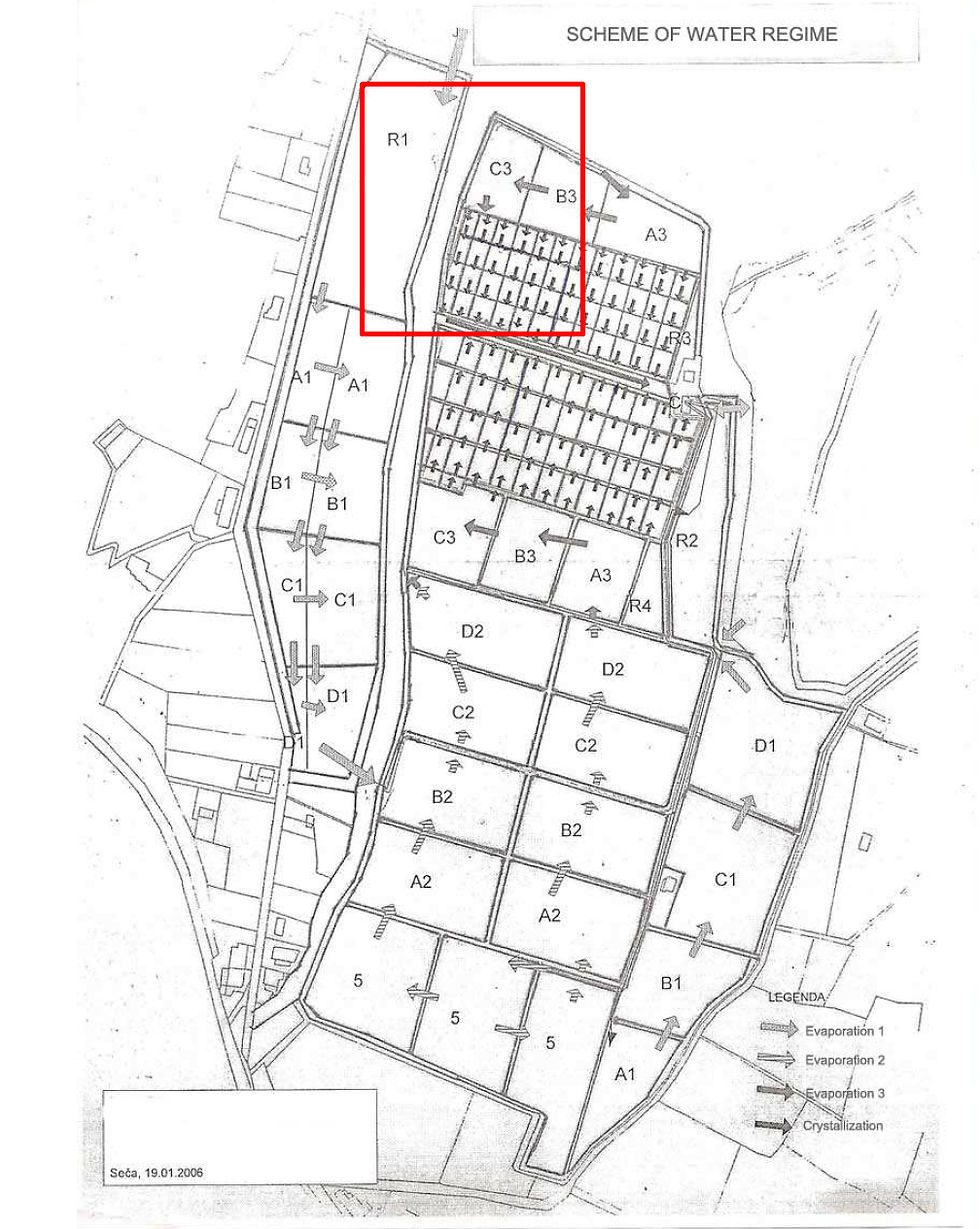White gold of Strunjan (Strugnano)
- kapjasa
- Apr 17, 2018
- 2 min read
Strunjan is a village on Slovenian coast between Izola and Piran in northern Adriatic. It is a quiet, pleasant coastal village - and at the first sight it does not look like one of the pillars of the prosperity of the region, spanning many centuries.
Yet it was: at the end of the bay there are the Strunjan salt pans, one of the sources of white gold, as precious as the yellow one.

(Southwestern part of Strunjan salt pans with Roja channel flowing into Strunjan bay. Sea water reservoir on the far left, evaporation ponds on top, crystallization ponds below.)
Strunjan salt pans are the northernmost salt pans in the Mediterranean. They were formed at a slightly raised flat land created by a stream Roja, and they go back hundred of years. First (indirect) mention of Strunjan salt pans is from the Rižana placitum charter in 804 and the salt pans were described in Piran city charter in 1274. In 1358 a new method of growing salt on a cultivated microbial mat - called petola - was adopted here, vastly improving the quality. The salt production was lucrative, and they say Piran was literally built on salt.

(Evaporation ponds B (right) and C, crystallizaton ponds below.)
Salt harvesting is a laborious and - just like kite flying, ha! - weather-dependent process. The sea water is first pumped into reservoirs and then to a series of evaporation ponds (see photo above), where the salt concentration in the brine gets progressively higher, up to 26 %.
This concentrated brine is then pumped into smaller crystallization ponds with the microbial mat on the bottom, and the salt crystals finally start to appear.

(Grid of crystallization ponds. Here the white gold is harvested.)
The secret to the supreme quality of salt is the cultivated microbial mat, petola. Up to 2 cm thick and composed of cyanobacteria (Microcoleus chthonoplastes) and other microbes, carbonate minerals, gypsum and clay, it prevents mixing of salt wiht sea mud (keeping the salt clean), and fuctions as a biofilter, lowering the inclusion of ferric and manganse ion into salt matrix, giving the salt a pleasant mild taste.

(A cultivated mat of cyanobacteria, gypsum and minerals called petola covers the bottoms of crystallization ponds.)
Salt pans are unique technological areas, requiring constant maintenance - keeping the ponds clear, preventing the erosion of embankments, growing petola etc. - and a true monument to historical ingenuity of people.
Strunjan salt pans are protected as a landscape park, preserving the technological heritage and the unique ecosystem with many endangered halophyte plants, birds, fish and invertebrates. Well worth a visit! ;-)

(Stitched kite aerial panorama of Strunjan salt pans.)

(Approximate location of photos on a map of Strunjan salt pans, showing the flow of ever more concentrated brine from reservoirs to crystallization ponds. Stolen without permission from here.)
All kite aerial photos taken with Canon A810 attached to a Rokkaku kite. Here are some interesting links for further exploring:




Comments